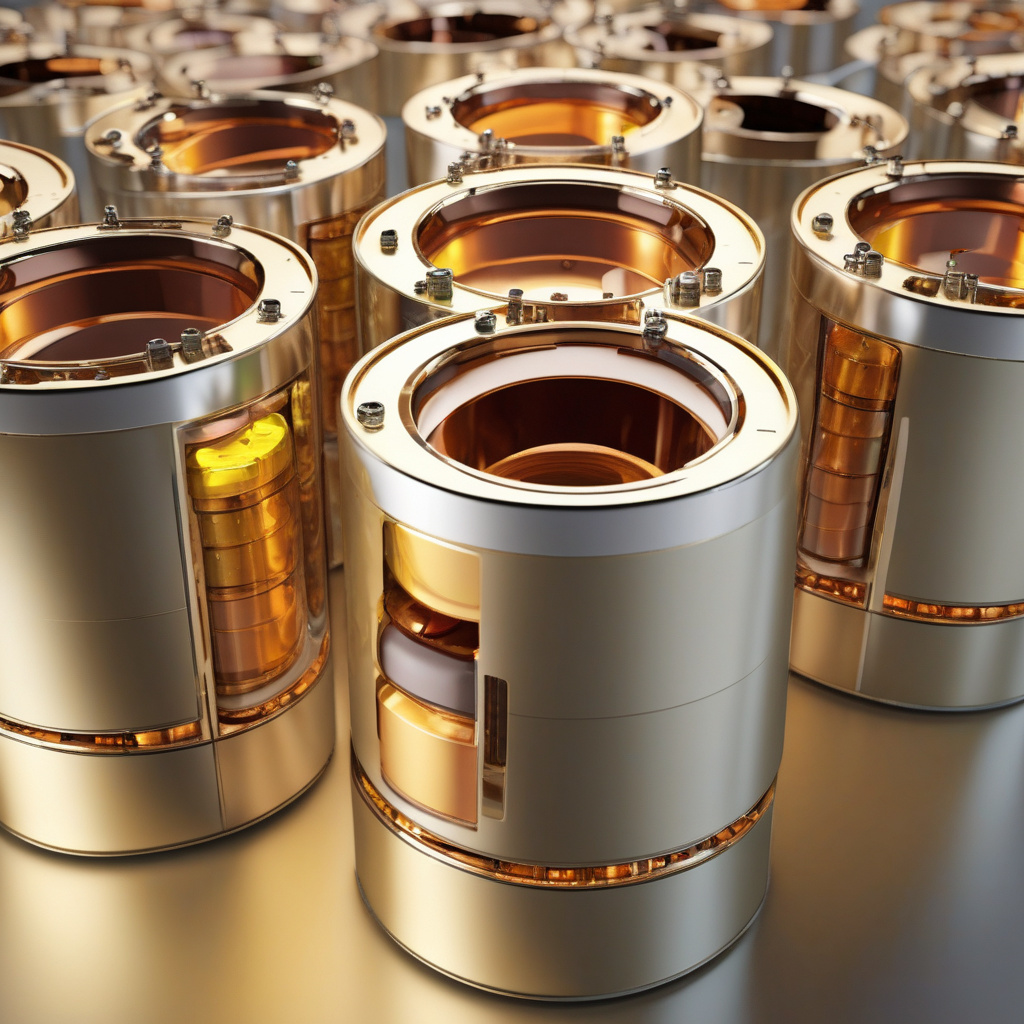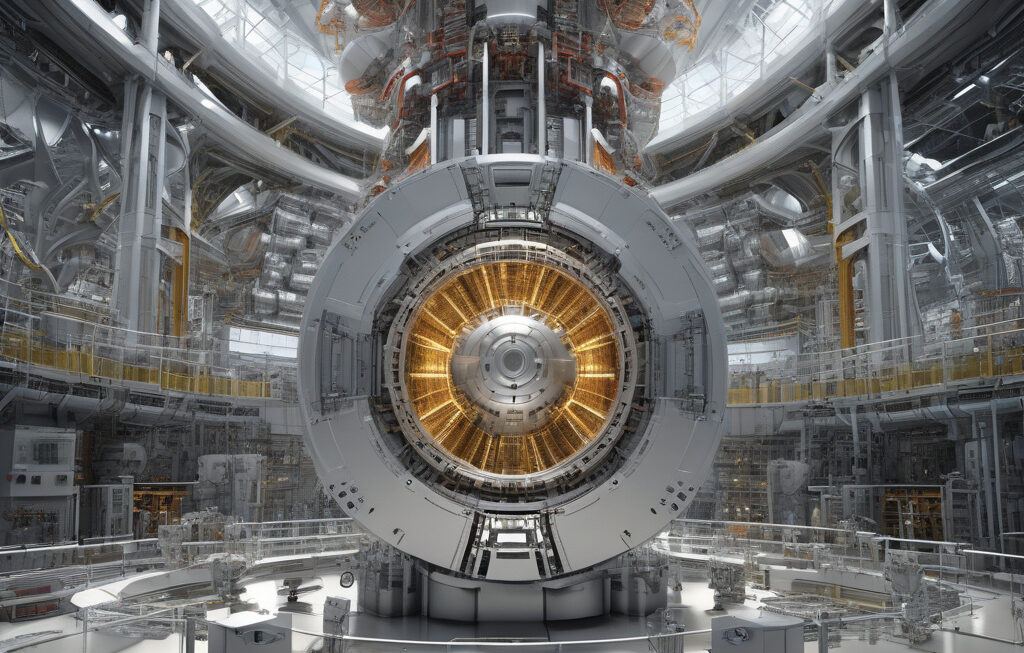Nuclear Battery with Perovskite Hits 56,000x More Electron Mobility for Decades of Power
A research team at the Daegu Gyeongbuk Institute of Science and Technology (DGIST), South Korea, has made a groundbreaking discovery in the field of energy storage. By harnessing the power of perovskite, a mineral that has been causing waves in the scientific community due to its unique properties, the team has developed a nuclear battery with an astonishing 56,000 times more electron mobility than traditional batteries. This innovation paves the way for decades of sustainable and efficient power generation.
Perovskite, named after Russian mineralogist Lev Perovski, is a calcium titanium oxide mineral composed of calcium titanate (CaTiO3). Its crystal structure allows for high ion conductivity and electron mobility, making it an ideal candidate for energy applications. The research team at DGIST capitalized on these properties by integrating perovskite into a nuclear battery, resulting in a significant boost in electron mobility.
Unlike conventional batteries that rely on chemical reactions to generate electricity, nuclear batteries utilize the decay of radioactive isotopes to produce power. By incorporating perovskite into the design, the DGIST team was able to enhance the efficiency and longevity of the battery significantly. The high electron mobility of perovskite allows for faster charge and discharge rates, making the nuclear battery more responsive to fluctuations in power demand.
One of the most significant advantages of the nuclear battery with perovskite is its potential for long-term use. Traditional batteries degrade over time due to chemical reactions taking place within them, leading to a decrease in performance and capacity. In contrast, nuclear batteries powered by radioactive decay can provide a stable output for decades, making them ideal for applications that require uninterrupted power sources, such as deep-space exploration missions or remote monitoring systems.
Moreover, the use of perovskite in nuclear batteries could revolutionize the way we approach energy storage and generation. With its high electron mobility and ion conductivity, perovskite-based batteries could outperform existing technologies in terms of efficiency and sustainability. This could have far-reaching implications for industries such as renewable energy, electric vehicles, and portable electronics, where reliable and long-lasting power sources are in high demand.
The research conducted by the DGIST team represents a significant step forward in the development of advanced energy storage solutions. By leveraging the unique properties of perovskite and nuclear technology, the team has demonstrated the potential for creating high-performance batteries that can meet the growing energy needs of our society. As we continue to explore new materials and technologies, innovations like the nuclear battery with perovskite will play a crucial role in shaping a more sustainable and energy-efficient future.
In conclusion, the combination of perovskite and nuclear technology has unlocked a new realm of possibilities for power generation and storage. With its unparalleled electron mobility and long-term stability, the nuclear battery developed by the DGIST research team represents a significant advancement in the field of energy innovation. As we strive to build a cleaner and more sustainable world, technologies like this will be instrumental in driving us towards a brighter future.
#NuclearBattery, #Perovskite, #EnergyStorage, #SustainablePower, #InnovationInProgress












